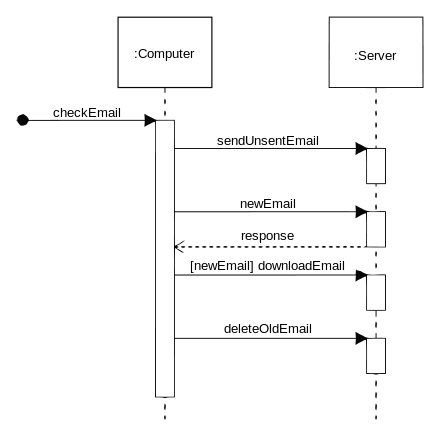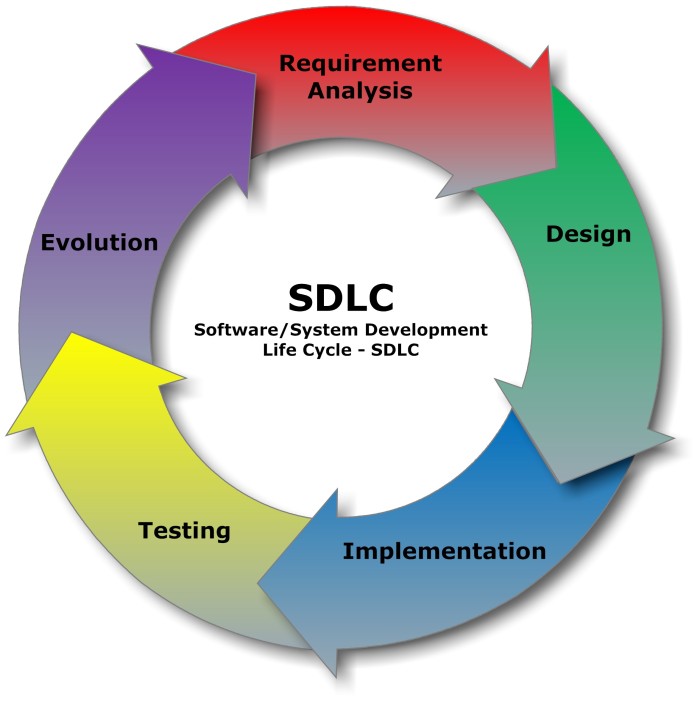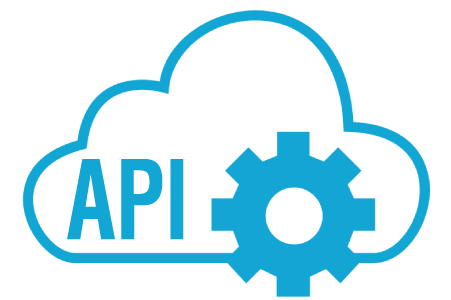
The Application Programming Interfaces are those which interact between different applications. Facebook is one of the many websites that contain APIs, they are used to connect people around the world. Yahoo is another company that shows many gadgets to their users, helping them to find news, sports, weather, jobs, etc.
APIs are configured to control some webpages. They are used to create shortcuts between other applications. Many websites contain these APIs to help their users or guests to find something in an easier way.
Reddit, for example, is a webpage in which users share different links that are located in different subreddits. These subs contain these links, you just need to click it and reddit will redirect you through the link.
Most of the APIs can be helpful, in fact, I think that that’s the idea. However, some webpages have APIs that can affect the viewer. As a software engineer, we all have to follow a code of ethics in order to create a good environment. We are supposed to create new ways to interact with the world, without harming the others.
(Retrieved from http://101.apievangelist.com).


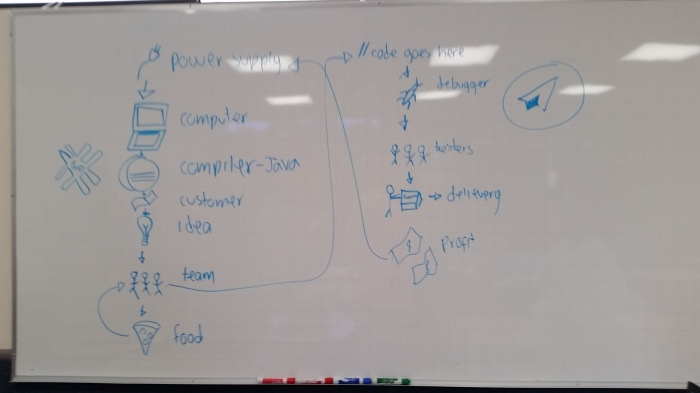

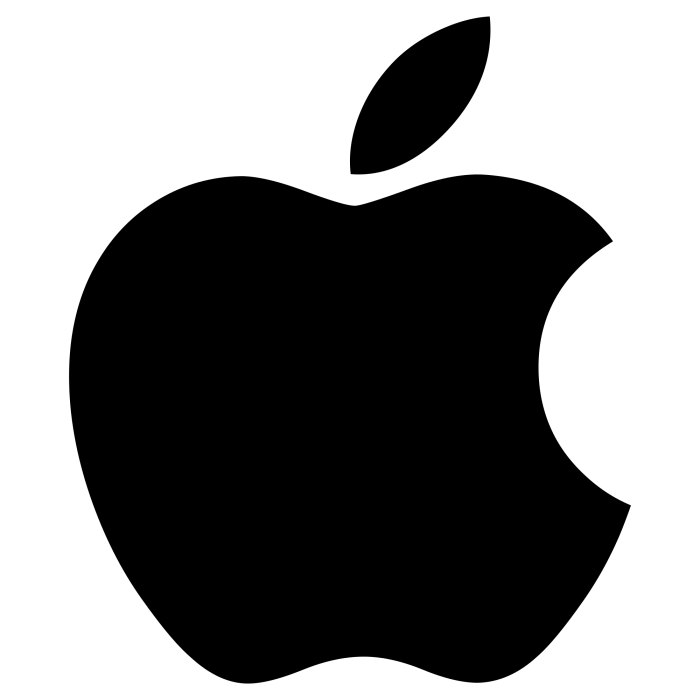
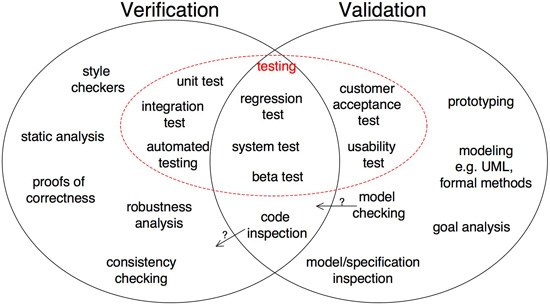
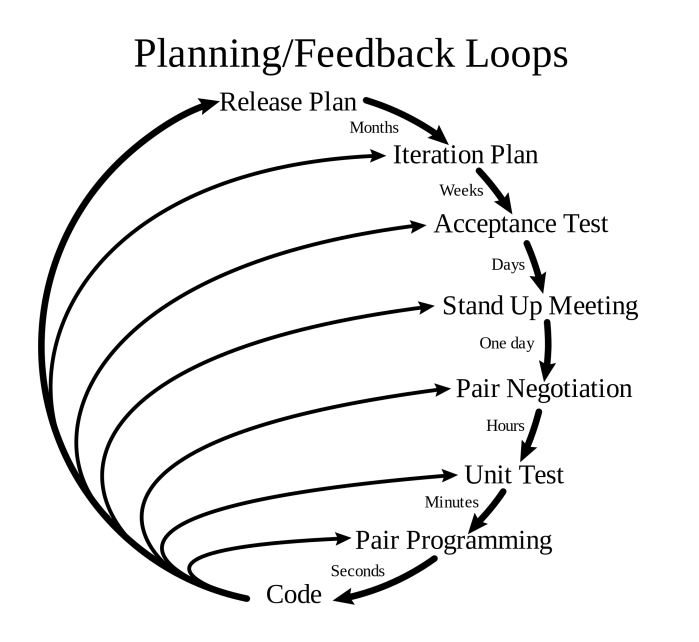
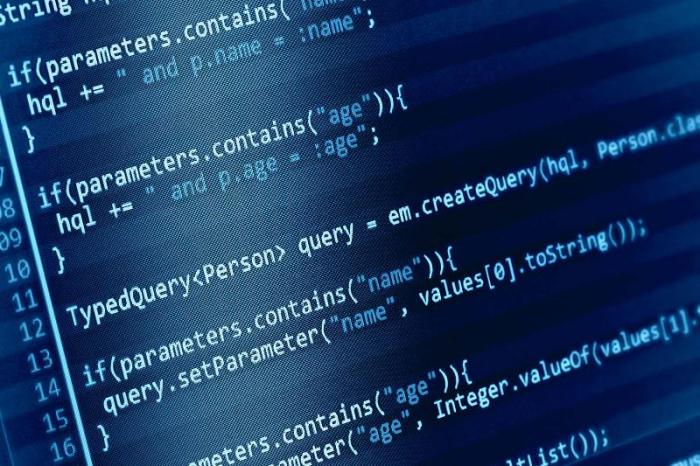 1. Class Diagram
1. Class Diagram